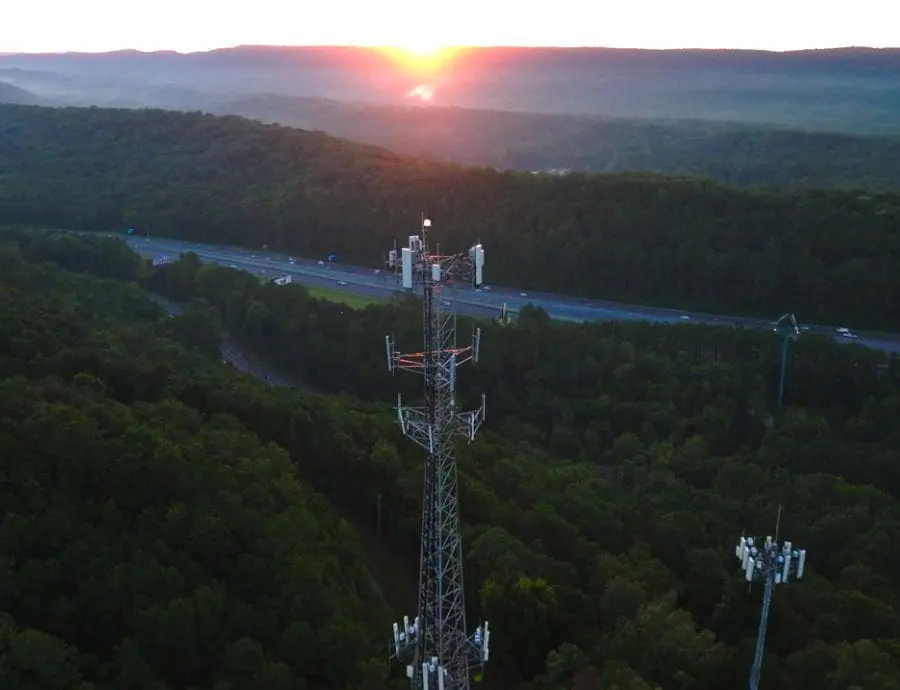
Beacon of Connectivity: AT&T Opens a New Connected Learning Center in Grand Rapids
- Addressing the Digital Divide
- |
For more than 140 years, AT&T has connected people to help them live, learn, work, and prosper. Let’s connect to a brighter future together.

For more than 140 years, AT&T has connected people to help them live, learn, work, and prosper. Let’s connect to a brighter future together.
For more than 140 years, AT&T has connected people to help them live, learn, work, and prosper. Let’s connect to a brighter future together.
For more than 140 years, AT&T has connected people to help them live, learn, work, and prosper. Let’s connect to a brighter future together.
AT&T Connects spotlights current stories, news and local events that can help inform decisionmakers, community leaders and public policy to ensure we can continue to connect more people to more opportunities.
AT&T Connects spotlights current stories, news and local events that can help inform decisionmakers, community leaders and public policy to ensure we can continue to connect more people to more opportunities.



| Cookie | Duration | Description |
|---|---|---|
| cookielawinfo-checkbox-analytics | 11 months | This cookie is set by GDPR Cookie Consent plugin. The cookie is used to store the user consent for the cookies in the category "Analytics". |
| cookielawinfo-checkbox-functional | 11 months | The cookie is set by GDPR cookie consent to record the user consent for the cookies in the category "Functional". |
| cookielawinfo-checkbox-necessary | 11 months | This cookie is set by GDPR Cookie Consent plugin. The cookies is used to store the user consent for the cookies in the category "Necessary". |
| cookielawinfo-checkbox-others | 11 months | This cookie is set by GDPR Cookie Consent plugin. The cookie is used to store the user consent for the cookies in the category "Other. |
| cookielawinfo-checkbox-performance | 11 months | This cookie is set by GDPR Cookie Consent plugin. The cookie is used to store the user consent for the cookies in the category "Performance". |
| viewed_cookie_policy | 11 months | The cookie is set by the GDPR Cookie Consent plugin and is used to store whether or not user has consented to the use of cookies. It does not store any personal data. |
